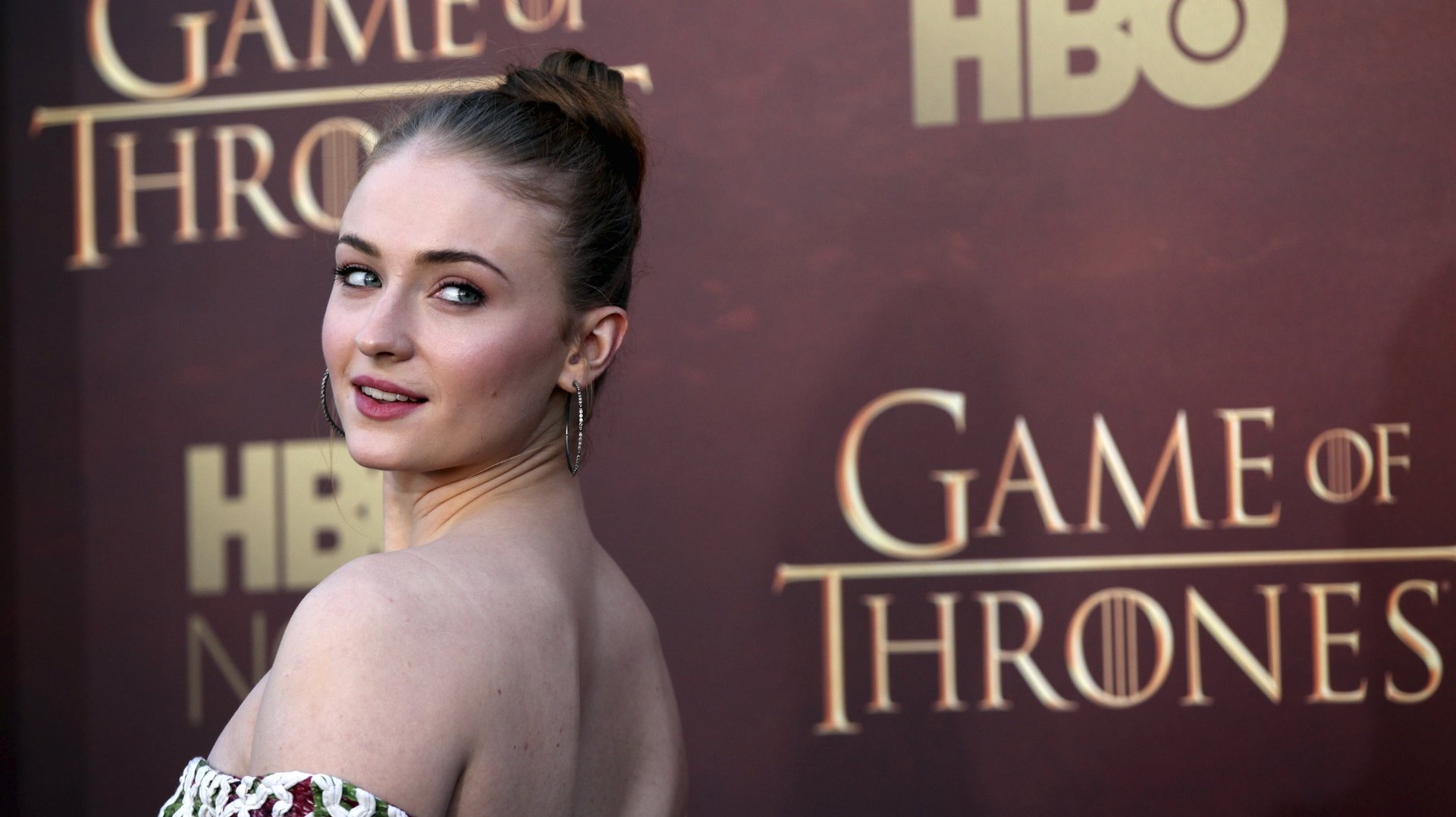“Game of Thrones” isn’t the only TV show that uses gratuitous rape to advance female plot lines
A show about power, violence and fear, Game of Thrones has never shied away from pushing boundaries when depicting the plights of Westeros and Winterfell’s female citizens. But while past plots—notably Cersi’s assault by her brother Jaime in season four—have sparked outrage due to their graphic nature, the highly-rated HBO drama has continued on without much incident.


A show about power, violence and fear, Game of Thrones has never shied away from pushing boundaries when depicting the plights of Westeros and Winterfell’s female citizens. But while past plots—notably Cersi’s assault by her brother Jaime in season four—have sparked outrage due to their graphic nature, the highly-rated HBO drama has continued on without much incident.
But, show creators may have a harder time moving past the controversial most recent episode, “Unbowed, Unbent, Unbroken,” a horrific hour that includes Sansa Stark (played by Sophie Turner) being raped by new husband Ramsay Bolton (played by Iwan Rheon) as another character, Theon, is forced to watch. It’s a scene that has been called gratuitous, marking the final nail in the coffin for more than one viewer’s already rocky relationship with Game of Thrones.
Game of Thrones is far from the only show to use rape as a plot device, sadly. But this seems to be a particularly useless scene. What did showing Sansa’s rape accomplish? As others have noted, we know that Ramsay is brutish and mean. We’re aware that Sansa always gets the short end of the stick. Why show the two in a moment of anguish that doesn’t establish either point for the audience?
To make matters worse, the scene doesn’t even exist in the original series. This isn’t the first liberty showrunners David Benioff and D. B. Weiss have taken with George R. R. Martin’s source material this season. While the past two seasons drew upon the phenomenal third book in A Song of Ice and Fire, Benioff and Weiss now have to rely on the more frustrating fourth and fifth.
Fed up with Sansa’s unjust treatment, the writers at The Mary Sue are taking a stand, deciding to cease coverage of Game of Thrones altogether. It’s a choice that makes their outrage clear: a site run and read by women doesn’t feel comfortable publishing or promoting content that features the gratuitous rape of female characters.
Senator Claire McCaskill (D-MI), tweeted her own displeasure after watching the May 17 episode, vowing that she too is done with the show—another damning move for Game of Thrones and its writers. McCaskill is the author of the Victims Protection Act of 2014, a bill designed to protect victims of sexual assault in the military. When the pioneer of groundbreaking sexual assault legislation calls you out on your rape problem, it might be time to rethink your story strategy, Game of Thrones.
Producer Bryan Cogman explained the decision to go through with the Sansa/Ramsay plotline in an interview with Entertainment Weekly. Essentially, Cogman said, the scene was meant to show that Sansa is no longer the naive young girl we knew from the beginning of the show; she’s a “hardened woman.” And given the nature of Game of Thrones, her wedding night wasn’t likely to be a happy one. While he’s got a point, there are other ways to depict this truth that don’t involve sexual assault. A murder or two, perhaps?
Ultimately, the sad truth is that even as we debate the ongoing rape crisis in real life, many of our favorite shows still rely on rape as a tool of character development for strong, savvy female characters. The recently, dearly departed Mad Men faced this dilemma with Joan and her fiancé, Greg, during the Season 2 episode “The Mountain King.” Thrilled with the prospect of having a doting, adorable husband, Joan allows Greg to visit her at the office. When she’s unwilling to have sex in her boss’ office, he rapes her on the floor. It’s a shocking image that takes powerful, sexual Joan and reduces her to a quivering victim—and it’s awful.
Look to your other staples—Scandal, House of Cards, Outlander, Downton Abbey, American Horror Story. All have plotlines in which a female character is raped or has been raped in the past. Does these assaults advance their respective story lines? Could such advancement, if it does occur, have been done differently? Female characters are more than just bodies to be used and abused when convenient to the script. Viewers are beginning to wake up to this realization—but will show runners follow suit?